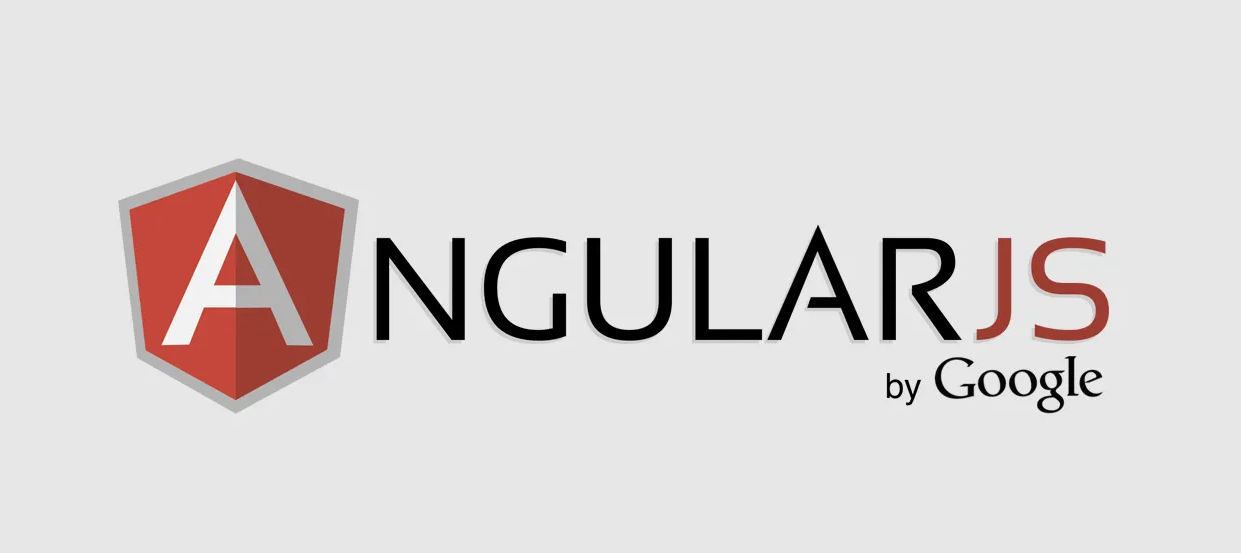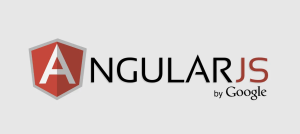In AngularJS, modules and controllers are core components that help organize and structure your applications. This guide explains how to set up and use modules and controllers effectively in your AngularJS projects.
Table of Contents
- What are AngularJS Modules?
- Creating an AngularJS Module
- Understanding Controllers in AngularJS
- Creating a Controller
- Combining Modules and Controllers
- Conclusion
What are AngularJS Modules?
Modules are containers for the different parts of an AngularJS application, including controllers, services, filters, and directives. Modules help to organize code, improve reusability, and make the application more manageable.
When developing an AngularJS application, creating a main module for the app is the first step. This main module can then include multiple sub-modules to keep specific functionalities separate and modular.
Creating an AngularJS Module
To create an AngularJS module, use the angular.module() function. This function registers a module with AngularJS and optionally specifies dependencies on other modules. The syntax for creating a module is:
var app = angular.module("myApp", []);
In this example, myApp is the module name, and the empty array [] signifies that this module has no dependencies.
Once created, you can use this module as the main app module by referencing it in your HTML file with the ng-app directive.
Understanding Controllers in AngularJS
Controllers are JavaScript functions used to manage data and business logic for a specific part of the UI. They play a crucial role in binding data between the view and the model, which AngularJS achieves with two-way data binding.
In AngularJS, controllers are defined in the module and assigned a scope object $scope. This object holds the data and functions that you want to expose to the view.
Creating a Controller
To create a controller, use the controller() method within your AngularJS module. Here’s an example:
app.controller("MainController", function($scope) {
$scope.greeting = "Hello, AngularJS!";
});
Explanation:
app.controller("MainController", ...)defines a new controller namedMainController.- The function takes
$scopeas a parameter. This object is shared between the controller and the view. $scope.greetingis a variable defined in the controller that can be accessed in the view.
Combining Modules and Controllers
Now let’s create a simple example that combines a module and a controller. In this example, we’ll display a greeting message using a controller defined in our module.
Step 1: Set Up the Project Structure
Create the following files in your project directory:
my-angular-app/
├── index.html
├── app.js
└── angular.min.js
Step 2: Define the App in index.html
In index.html, include the AngularJS library and set up the ng-app and ng-controller directives:
<!DOCTYPE html>
<html ng-app="myApp">
<head>
<title>AngularJS Modules and Controllers</title>
<script src="angular.min.js"></script>
<script src="app.js"></script>
</head>
<body>
<h1>AngularJS Modules and Controllers</h1>
<div ng-controller="MainController">
<p>{{ greeting }}</p>
</div>
</body>
</html>
Explanation:
ng-app="myApp"links the HTML to the AngularJS module namedmyApp.ng-controller="MainController"sets theMainControlleras the controller for this section.{{ greeting }}is an AngularJS expression that binds the data from the controller to the view.
Step 3: Define the Module and Controller in app.js
In the app.js file, create the module and controller as follows:
var app = angular.module("myApp", []);
app.controller("MainController", function($scope) {
$scope.greeting = "Welcome to AngularJS Modules and Controllers!";
});
Explanation:
angular.module("myApp", [])creates the main module,myApp, without dependencies.app.controller("MainController", function($scope) { ... })creates a controller that defines$scope.greetingas a message for the view.
Conclusion
In this tutorial, we explored the basics of AngularJS modules and controllers, covering how to create and link them to display data in the view. Modules and controllers are essential components of AngularJS applications, providing structure and separating concerns. In the next tutorial, we’ll dive into data binding and expressions to enhance interactivity in your app.

